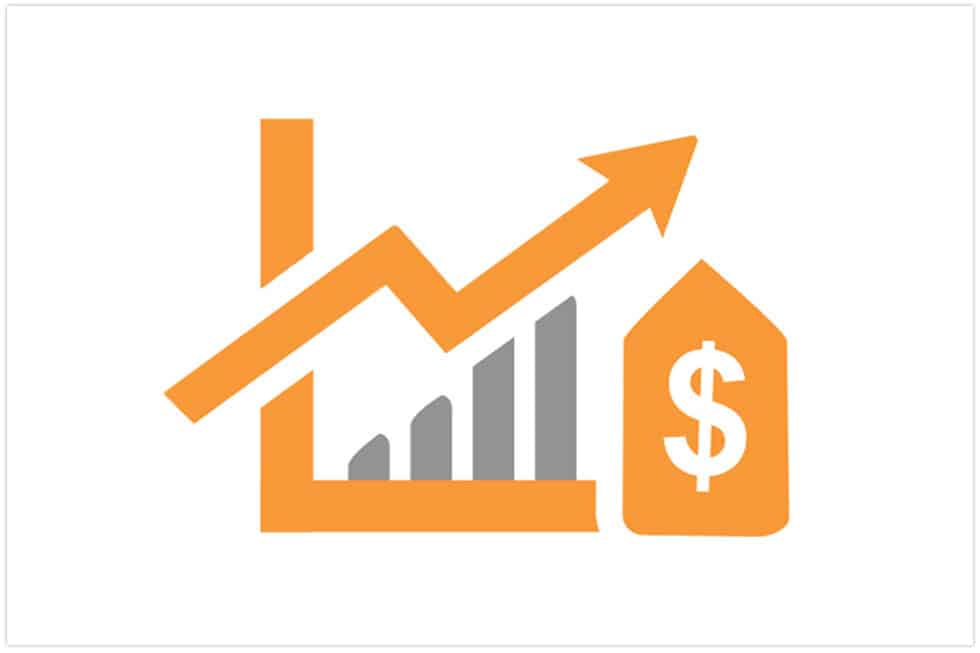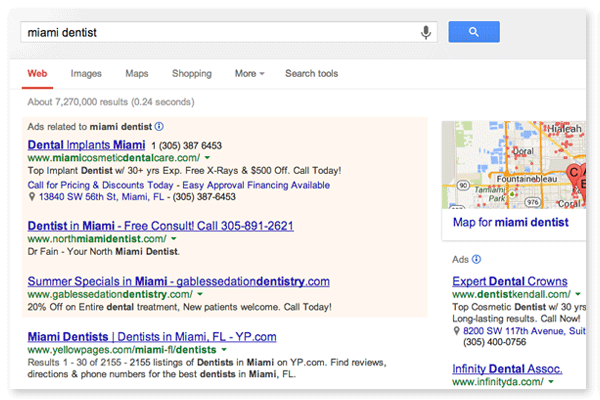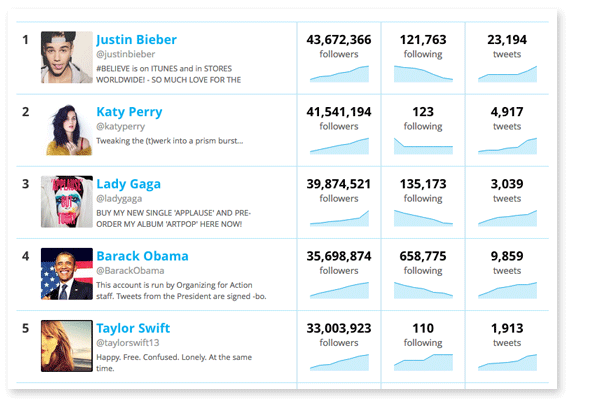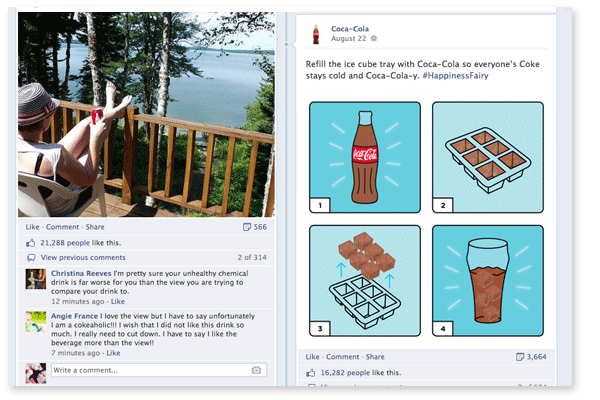
How should an online marketing budget be most effectively utilized to achieve maximum return on investment? This is one of the most common questions faced by business owners, as they consider available marketing channels and associated costs. The first step to crafting an effective online marketing campaign is understanding the capabilities and limitations of each channel and matching them with goals and needs.
Often times marketing consultants pitch campaigns that are doomed from the start, due to misunderstanding or misrepresentation of potential outcomes. For example, display advertising will not result in the same conversion or click through rates as pay-per-click, and social media will not result in devout followers overnight, nor is it good for driving immediate conversions.
It’s critical to set priorities and expectations by determining what success means and how it will be measured. Today we lift the veil, and reveal the true intent and capabilities of the most popular online marketing channels.
For Immediate Results & Conversions
Pay-Per-Click
Pay-Per-Click via Google’s AdWords network is a proven way to drive immediate traffic to your website. Now, traffic does not mean sales, but it does mean you have the ability to throttle a stream of targeted users to your site, and analyze their behavior. This means you’ll know right away what keywords and ad copy are generating clicks, and which landing pages are converting at the highest rates. PPC campaigns are extremely flexible, giving businesses the ability to make on-the-fly changes and spend money only on campaigns that are effective.

It typically takes 2-4 months (depending on your traffic volume) to collect enough data to make definitive decisions regarding what is working and what is not. But once you have a good sampling, you’ll have the ammunition needed to cut off underperforming campaigns and run conversion optimization tests to improve those that are working. Also, Google provides a number of great tools that can be used to estimate bidding prices, impressions, positioning and clicks. A campaign must be based on thorough research and set up following best practices in order to reach optimal performance.
PPC is perhaps the most flexible and data-driven form of online marketing. Once you’re up and running, it should be fairly easy to determine whether or not your expenditure is paying off.
For Brand Awareness
Display Advertising
Display Advertising, like traditional offline advertising, uses visual representation of your brand to target consumers. By showing banner ads on external websites, you’re putting your brand in front of thousands of eyeballs. This is important for brand recognition, as it ensures you remain embedded in the subconscious your audience.
Where many go wrong with display, is anticipating high click through and conversions rates. Unfortunately, users are so bombarded with internet ads that they have trained themselves to subconsciously block them out. Since websites utilize standards for ad sizes and positioning, user’s brains are simply trained to avoid visual contact with areas where ads are commonly displayed.

One way to increase the chances of users paying attention to your ad, is to ensure your campaigns are highly relevant and match search intent. An ad for running shoes displayed on a men’s fitness website, for example, is more relevant than one shown on a hotel booking website. Platforms like the Google Display Network, have a plethora of tools that can be used for researching your audience and determining what types of websites your ads will be served on.
Display vs. Pay-Per-Click
Since display advertisements do not appear directly within search engine results, they are by default less effective at generating clicks. AdWords is a part of the Google Search Network and Pay-Per-Click ads are shown alongside search results, thus creating a more seamless and fluid system of targeting users.
Social Media
The explosion of channels like Facebook, Twitter, LinkedIn, Pinterest and Youtube provide brands with an incredibly powerful and far-reaching network for building awareness. Facebook “like” campaigns, sponsored Tweets and viral Youtube videos are all examples of means to reach people who may otherwise never hear about you.
One of the biggest brand building success stories in recent memory is the quirky and immensely popular YouTube video created by Dollar Shave Club, a subscription website that sells cheap men’s razors. Within 48 hours of posting the video to YouTube, Dollar Shave Club received more than 12,000 orders. A little over a year after the video debuted, founder Michael Dubin secured a $9.8-million investment from Silicon Valley venture capital firm Venrock. Duplicating this level of success is definitely not easy; however, it is a testament to the brand building power of modern social media channels.
For Community Building & Brand Loyalty
Social Media
Social media has taken over. You’ll be hard pressed to find a major brand, celebrity or media personality who doesn’t understand and harness the power of channels like Twitter and Facebook. However, before any brands sees return on investment from it’s social media marketing efforts, it must put forth the effort needed to build and engage an audience.


The biggest social media mistake made by brands is to expect “likes” or fans to automatically turn into loyalty and sales. The social landscape is flooded with noise and idle chatter, and consumers are exposed to an infinite stream of information. It takes a clever and well-executed campaign to reach the hearts and minds of your audience, and a continued effort to maintain their interest through steady engagement.
There is no rule of thumb when attempting to determine when your fans will turn into consumers. This ambiguity scares many smallers business, who likely do not have a large marketing budget to begin with, from spending money on branding-only activities. With immediate ROI top of mind, smaller companies are looking for a quick fix and expect results. Social media marketing requires patience and a vested interest in connecting with an audience.
In the realm of social media, you must give to receive. This means giving people reasons (typically in the form of rewards) for interacting with you and contributing to the community.
For Long-term Return on Investment
Search Engine Optimization (SEO)
SEO, due to its long-term impacts, has always been the holy grail of internet marketing. SEO is the art of ranking web pages highly in search results for keywords relevant to a brand. Achieving strong enough rankings to result in a high volume of clicks and conversions typically takes 4-12 months, depending on industry and keyword competition.
According to Search Engine Watch, the first listing on page 1 of Google for a given search result gets approximately 33% of clicks. Position number 2 gets about 18% and the numbers degrade as you go down the page. When it’s all said and done, Page 1 results get 92% of clicks for the average search, with traffic falling by 95% for page two listings.
The above statistics are evidence that ROI from an SEO campaign is only possible by procuring one of the top Page 1 positions on Google. This is done via arduous link building, content marketing, onsite optimization and other tactics used by marketers to optimize a website to appease Google’s guidelines and criteria for ranking web pages.
The good news is, once you have established good Page 1 rankings and traffic is flowing to your website, you can reduce the amount you spend on SEO efforts, and focus attention on improving pages you’re sending traffic to. This is when your ROI will start to show, and the fruits of your campaign will become apparent.
For Re-marketing & Re-engagement
Email Marketing
The most powerful method of re-marketing current or prospective consumers is via email marketing. Once a company has compiled a database of email addresses, they can intelligently segment their lists and develop a strategy for blasting out email newsletters featuring promotions, sales, deals, news, events, etc.
One of the reasons email has been so successful as a re-engagement tool, is once someone gives up their email address, it serves as a vote of confidence in your brand and a sign they are open to engagement. When they subsequently see your brand name in their inbox, they will be less inclined to ignore or send directly to spam.
While email spam has certainly created challenges for email marketers, effective campaigns make use of best practices and testing techniques that result in impressive statistics. One of the most incredible email campaigns of all-time was by run by the Obama campaign during the 2012 election. Team Obama raised over $690 million, and most of it was a direct result of email marketing.
Remarketing
Remarketing is a fairly new trend that has exploded over the past several years. It allows brands to show ads to people who have previously visited their websites as they browse the internet. The power of remarketing is it focuses on users who have shown intent. Once someone has visited a web page via clicking a link in search engine results or an online ad, they have shown intent that is tracked through cookies and used to target them later.
Zappos.com, for example, is one of the most prolific remarketers on the web. If a browser places a pair of shoes in their shopping cart but does not complete the purchase, Zappos will follow them with ads reminding them of their interest in the product, often with promotions or deals on the item. By staying top of mind, brands have a better chance of becoming familiar enough to earn trust, which leads to loyalty and conversions.
Let`s Get
In Touch
Contact us today for a free consultation
and cost estimate for
your project.
We work with companies in all
industries, big or small.
Give Us a Call: 786-529-6039
Services
©2024 FUZE DIGITAL INC. Ignite Your Brand™ | privacy





